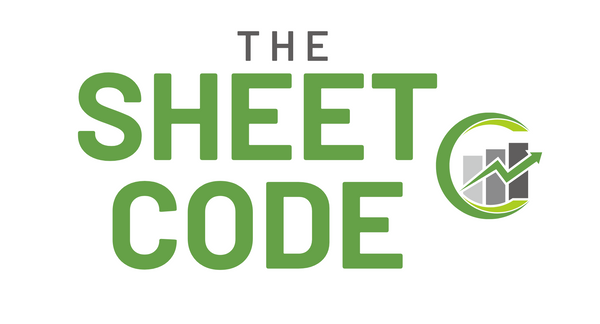What is the 50/30/20 Budget Rule?
The 50/30/20 budget rule is a simple and effective way to manage your money by dividing your after-tax income into three categories: 50% for needs, 30% for wants, and 20% for savings and debt repayment. This budgeting method helps individuals and families create a balanced approach to spending and saving.
How Does the 50/30/20 Rule Work?
This method provides a structured yet flexible approach to budgeting:
50% Needs – Essential expenses such as rent/mortgage, utilities, groceries, transportation, insurance, and minimum debt payments.
30% Wants – Discretionary spending on entertainment, dining out, vacations, shopping, and subscriptions.
20% Savings & Debt Repayment – Contributions to savings, investments, emergency funds, and extra debt payments.
By following this breakdown, individuals can maintain financial stability while still enjoying life.
💡 Want to make budgeting easier?
Get the Free 50/30/20 Budget Spreadsheet by signing up to our email list today!
Why Use the 50/30/20 Budgeting Method?
The biggest advantage of this rule is its simplicity. Unlike more complex budgeting systems, the 50/30/20 method ensures you are covering your necessities while leaving room for financial growth.
Benefits of the 50/30/20 Rule:
✅ Easy to follow, even for beginners
✅ Prevents overspending and promotes saving
✅ Adaptable to different income levels
✅ Helps individuals reach financial goals efficiently
How to Create a Budget Spreadsheet Using the 50/30/20 Rule
Using a budget spreadsheet is one of the best ways to apply this method. Here’s how you can set one up:
Step 1: Open a spreadsheet in Google Sheets or Excel.
Step 2: Create three sections: Needs (50%), Wants (30%), Savings/Debt (20%).
Step 3: List your income sources and calculate your total after-tax earnings.
Step 4: Distribute your expenses into the correct categories.
Step 5: Adjust spending where necessary to align with the 50/30/20 rule.
Step 6: To make this even easier, we’ve created a free 50/30/20 budget planner that you can download and start using immediately.
Download the Free Budget Planner
50/30/20 Budget Rule vs. Other Budgeting Methods
While the 50/30/20 rule is effective, it’s not the only budgeting strategy available. Here’s how it compares:
50/30/20 Rule: Allocates income into Needs, Wants, and Savings – best for a simple, balanced approach.
Zero-Based Budget: Every dollar has a job – ideal for those who want strict tracking.
Envelope System: Cash-based budgeting – great for controlling overspending.
Pay-Yourself-First: Prioritizes savings before expenses – good for aggressive savers.
Each method has its strengths, but the 50/30/20 rule offers a great balance between financial responsibility and lifestyle flexibility.
50/30/20 Budget Spreadsheet
A budget is only effective if it’s easy to track and follow. That’s why we’ve designed a 50/30/20 budget planner that works with Google Sheets and Excel.
Our spreadsheets will help you:
✅ Automatically calculate category percentages
✅ Track monthly expenses and savings
✅ Stay on top of your financial goals
Check out our best seller here!
📊 Expert Tip: Adjusting the 50/30/20 rule slightly can make it work better for different financial situations. For example, if you're aggressively saving for a house, you might use a 40/30/30 breakdown instead!
FAQs About the 50/30/20 Budget Rule
Q: Is the 50/30/20 rule good for saving money? A: Yes! By ensuring that 20% of your income goes to savings and debt repayment, this method encourages long-term financial growth.
Q: Does the 50/30/20 rule work for low-income households? A: While the 50/30/20 rule is a great guideline, lower-income individuals may need to adjust the percentages to prioritize essentials and savings differently.
Q: Can I use the 50/30/20 rule if I have irregular income? A: Absolutely! Budget based on your average monthly income, and when you earn extra, allocate it towards savings or debt repayment.
Q: How do I track my 50/30/20 budget over time? A: The best way to stay consistent is to use a budget spreadsheet. Our budget planners makes it easy to monitor your finances each month.
Be sure to check out our other blog posts like Mastering Finance: 5 Essential Personal Finance Tips or Conquering Debt: A Guide to Financial Freedom.

